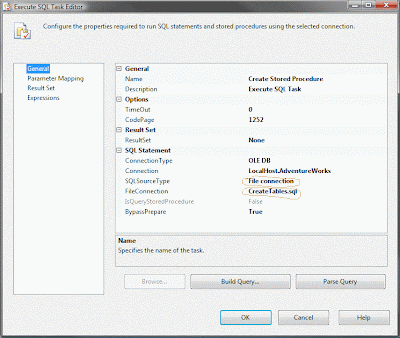We often want to format the information in the emails. In Send Mail Task of a SSIS packages, I wanted, instead of sending out information in an English sentence like this:
"At $datetime on Machine $machinename SSIS packge $packagename imported $Rowcount rows from source file $filename."
I would rather like to put each piece of information on a different line. To do that, In Send Mail Task create an Expressions for MessageSource. In Expression Builder, write something like this:
"\nMachine Name: " + @[System::MachineName] +
"\nPackage Name: " + @[System::PackageName] +
"\nExecuted Time: " + (DT_WSTR, 30)@[System::StartTime] +
"\nSource File Name: " + @[User::FileName] +
"\n\nRows Imported: " + (DT_WSTR, 8)@[User::RowCount] + "\n"
"\nPackage Name: " + @[System::PackageName] +
"\nExecuted Time: " + (DT_WSTR, 30)@[System::StartTime] +
"\nSource File Name: " + @[User::FileName] +
"\n\nRows Imported: " + (DT_WSTR, 8)@[User::RowCount] + "\n"
As you can see, "\n" is used to get line break.
Done.

